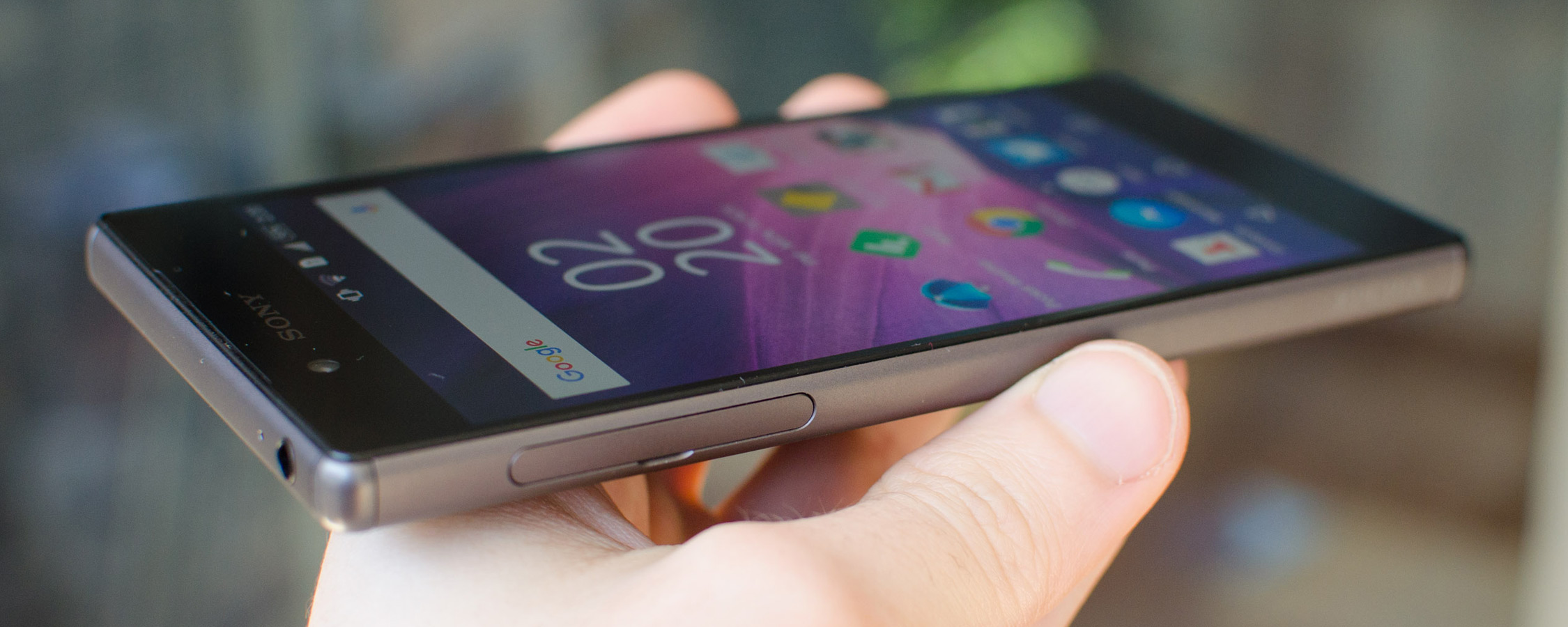Camera
Sony has kitted out the Xperia Z5 with their latest camera sensor: a 23-megapixel 1/2.3" Exmor RS CMOS unit with 1.1µm pixels, paired with a 24mm f/2.0 "G lens". There's no optical image stabilization in this camera unit, but Sony does promise decent low light photography, a single-LED flash, and 4K video. On the front is a 5-megapixel sensor with a 25mm f/2.4 lens.
One of the main things Sony promises to achieve with the Xperia Z5's camera is ultra-fast focusing, with the company claiming its hybrid autofocusing system can achieve focus in just 30ms. This is a pretty impressive feat for a camera without a dedicated autofocusing system (like LG's laser-assisted system in the G4), but is it this fast in practice?
In short: not really. Throughout my time with the Xperia Z5, the camera was pretty fast at focusing on subjects near and far, but it didn't feel any faster than the G4, Galaxy S6 or iPhone 6s, even in side-by-side comparisons. As these cameras are known to focus in the 300ms range, I find Sony's claims hard to believe, though as it's still fast to use I doubt the actual performance numbers really matter.
What is far more concerning than Sony's autofocus performance is shutter lag. Compared to competing flagships, the Xperia Z5 isn't a fast camera in general, and there's a noticeable delay between when the shutter button is pressed and when the photo has finished saving to internal storage. Photos taken at 23-megapixels can occupy as much as 15 MB, which naturally takes time to process and save, but ideally this process would be faster to make the camera feel more responsive.
Despite some minor camera performance issues, I was pleased to see that Sony has addressed some of my concerns with the camera's software coming from the Xperia Z3. You can finally use the camera app's excellent auto mode at the sensor's full resolution, rather than being restricted to just eight megapixels, which allows you to use auto HDR and smart scene control while retaining maximum image quality. You still don't have manual HDR controls at 23 MP, but generally I'd just keep the camera in auto mode rather than messing around with the limited manual mode.
There are still some camera app quirks that are somewhat frustrating in certain circumstances. Low light performance in auto mode is noticeably better if you switch from 23 MP to 8 MP, with the camera using a slower shutter when set to 8 MP for some bizarre reason. 4K video can only be activated from a separate camera mode as well, which can slow down the process of capturing a high-resolution video as you have to switch out of the auto mode first.
The Xperia Z5 has a dedicated shutter button along the device's right-hand side, but in general usage I'd recommend using the on-screen button. This is because pressing the physical button can introduce slight motion blur or camera shake into a shot, especially if you don't have a vice-like grip on the phone. Having a dedicated shutter button does come in handy for underwater photography, but I'd be sticking to the on-screen button elsewhere.
As for camera quality, I was pretty impressed with what the Xperia Z5 is able to produce. Thanks to the 23-megapixel sensor, the Xperia Z5 captures sharp imagery with a level of detail that other current-gen smartphones simply can't produce. Sony has managed to achieve a great balance between visible detail and post-processing, so the Xperia Z5's images don't suffer from any oil-panting artefacts from over-sharpening or excessive noise reduction in decent lighting.
I was generally happy with the color accuracy and saturation of the Xperia Z5's images, and it's clear that Sony has put in some work to improve this aspect of their camera compared to the prior generation. The Z5 produces photos with enough vibrancy to look great, while still keeping accurate to the subject and conditions at hand. Most of the improvements have come indoors where the Xperia Z3 wasn't great, and although the Z5 still falls behind the Galaxy S6 and LG G4 in these conditions, the camera is surprisingly solid considering it doesn't pack optical image stabilization.
Where some phones produce images that are too warm or too cold depending on the lighting, the Xperia Z5 always seems to get this aspect of metering just right, regardless of whether the shot is captured indoors or out. This helps achieve accurate images in most situations, and is one of the many reasons to keep the camera in auto mode all the time. Occasionally indoor shots can look a tad washed out, but usually this is more due to punishing lighting conditions than poor processing.
At night I was surprised by how good the Xperia Z5 camera was for a module without OIS. When the camera is set to capture eight megapixel stills, with a steady hand you can get some moderately bright and decent photos in dark environments. The LG G4 still blows away the Z5 in this regard, as do many other phones with OIS, so it's disappointing Sony didn't include proper stabilization in the Z5 as well. However, considering its hardware disadvantage, the Xperia Z5 performs admirably.













